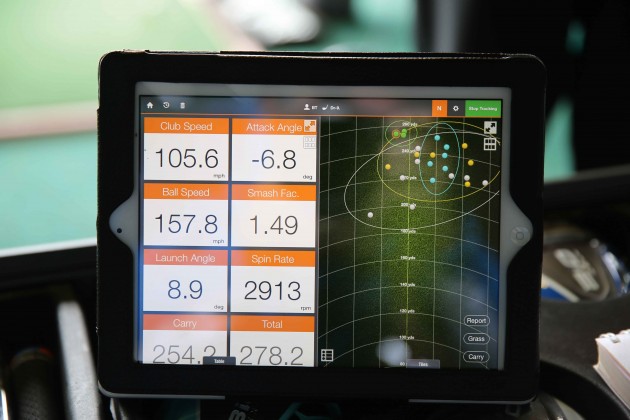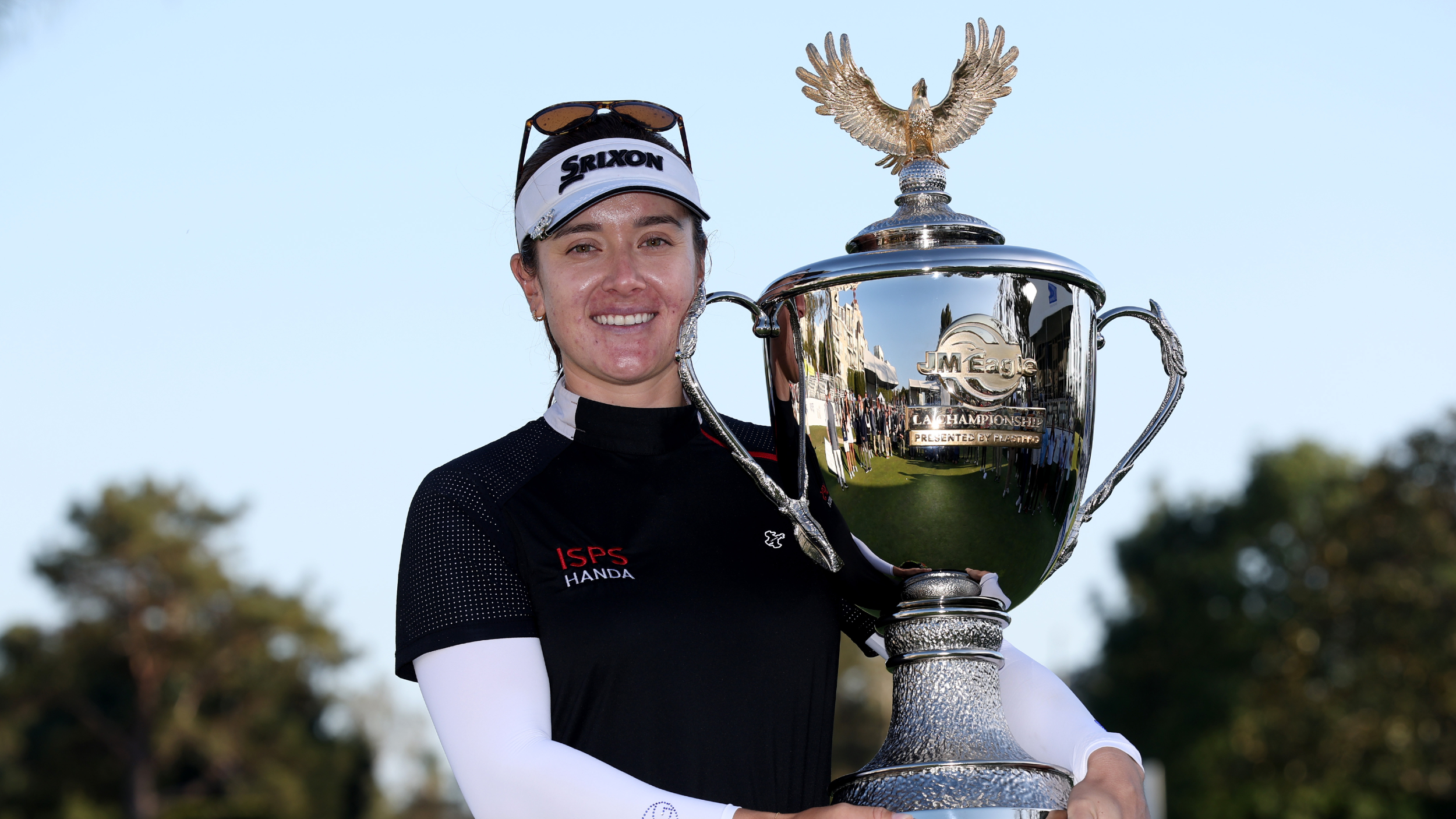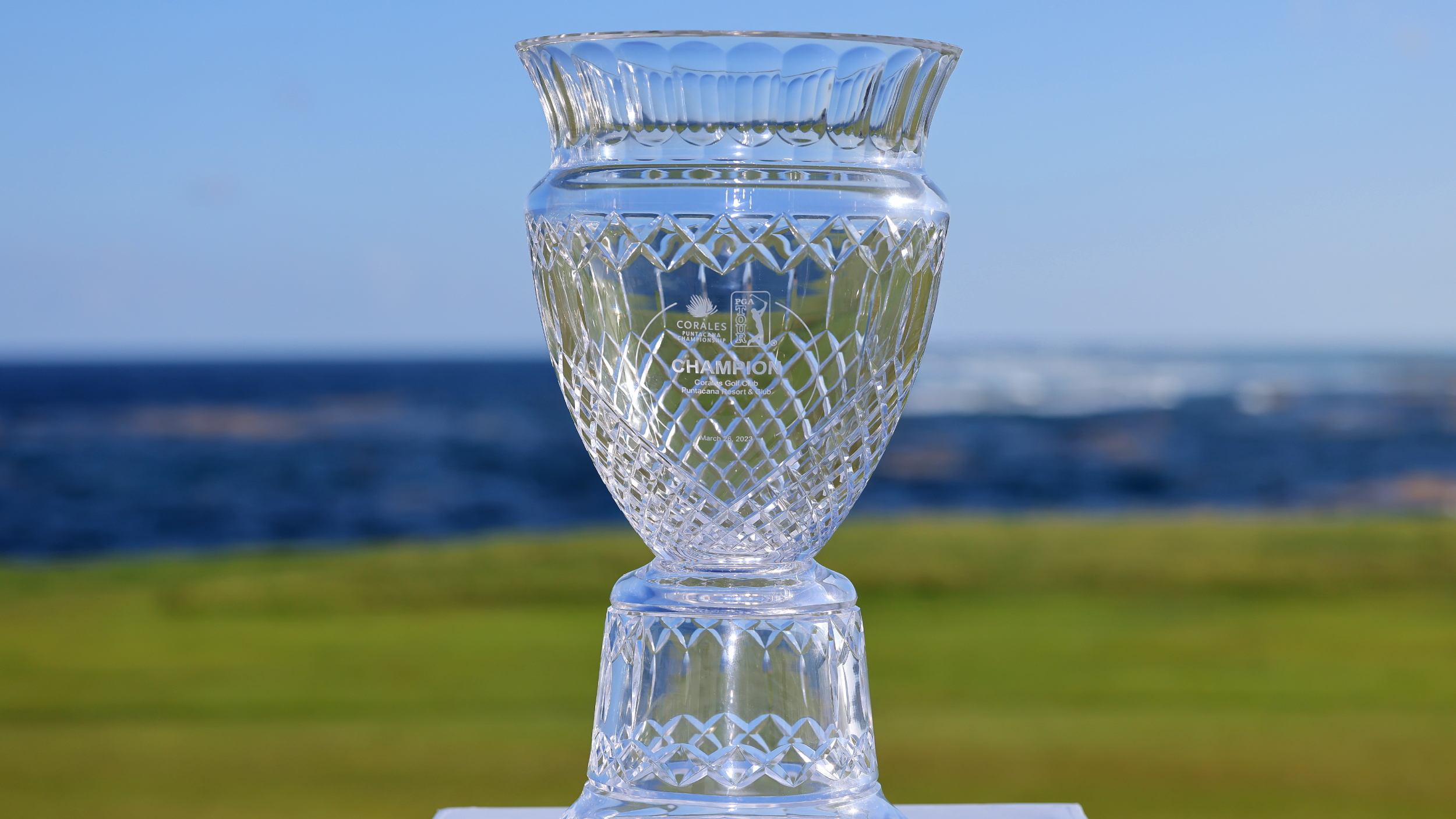What Is The Relationship Between Swing Speed And Ball Speed?
We explain how your swing or clubhead speed relates to your ball speed and the role both play in driving distance


There isn’t a golfer on the planet who doesn’t want to hit the ball further. There are two factors to note here: the swing speed and the ball speed. The good news is that it isn’t as complicated as you might think.
Your swing speed is the same as your clubhead speed. This is the speed at which the clubhead is moving as it makes contact with the ball. This is one component in how far the ball will travel and it is generally measured in miles per hour.
Your swing speed is dependent on a number of factors:
- Strength and mobility will contribute to higher swing speeds
- Proper sequencing, technique and weight transfer will help
- The shaft flex, clubhead weight and aerodynamics will generate more speed
Some average driver stats include:
Get the Golf Monthly Newsletter
Subscribe to the Golf Monthly newsletter to stay up to date with all the latest tour news, equipment news, reviews, head-to-heads and buyer’s guides from our team of experienced experts.
– PGA Tour: 115 mph
– LPGA Tour: 94 mph
– High handicap male: 85–95 mph
– Low handicap male: 105–110 mph
– High handicap female: 70–80 mph
– Low handicap female: 85–95 mph

Rory McIlroy's average clubhead speed is 123.60 mph which makes him one of the fastest swingers on the PGA Tour with his average driving distance being 320.2 yards which was the second longest in 2024. In 2021 Bryson DeChambeau was averaging a clubhead speed of a ridiculous 133 mph with his maximum speed getting close to 139 mph.
To calculate your ball speed in golf, you multiply your swing speed by your smash factor. The smash factor is a measure of how efficiently the club transfers energy to the ball. A higher smash factor – the maximum is 1.50 – indicates a more efficient transfer of energy and that results in greater ball speed for a given swing speed.
To improve your smash factor you need to find the middle of the clubface as off-centre hits will reduce that. Drivers with larger sweet spots and high MOI (moment of inertia) will help maintain that. Other factors are the ball – a ball with a high coefficient of restitution (COR) rebounds more effectively and that increases ball speed.
Swing wise clubface alignment and attack angle will also optimise that transfer of energy – a positive angle of attack/hitting up on the ball with a driver will generally increase your smash factor. Conditions will also affect how far the ball travels.
To calculate your swing speed you simply multiply your swing speed x smash factor.
Swing speed 100 mph x 1.5 smash factor = 150 mph ball speed
With your irons the smash factor is lower, typically ranging from 1.2 to 1.4, as irons are designed to impart more spin and precision rather than maximum energy transfer.
Again if we look at McIlroy, his average ball speed is over 180 mph which compares to an average of around 171 mph. The average ball speed for a driver on the LPGA Tour is 139 mph.
Professional long-drive golfer Kyle Berkshire has hit a ball at a speed of up to 241.6 mph which is the fastest recorded speed for a golf ball. He also hit a drive of 579 yards in 2023.

Mark has worked in golf for over 20 years having started off his journalistic life at the Press Association and BBC Sport before moving to Sky Sports where he became their golf editor on skysports.com. He then worked at National Club Golfer and Lady Golfer where he was the deputy editor and he has interviewed many of the leading names in the game, both male and female, ghosted columns for the likes of Robert Rock, Charley Hull and Dame Laura Davies, as well as playing the vast majority of our Top 100 GB&I courses. He loves links golf with a particular love of Royal Dornoch and Kingsbarns. He is now a freelance, also working for the PGA and Robert Rock. Loves tour golf, both men and women and he remains the long-standing owner of an horrific short game. He plays at Moortown with a handicap of 6.
You must confirm your public display name before commenting
Please logout and then login again, you will then be prompted to enter your display name.
-
 JM Eagle LA Championship Prize Money Payout 2025
JM Eagle LA Championship Prize Money Payout 2025The LPGA Tour heads to California for the JM Eagle LA Championship, where the largest prize money payout of the season so far is on the table
By Mike Hall
-
 Corales Puntacana Championship Prize Money Payout 2025
Corales Puntacana Championship Prize Money Payout 2025The PGA Tour’s latest opposite field event features an attractive prize money payout and some former champions in the field
By Mike Hall